People have their own ways of promoting culture, applying it in their lives, and making the most out of every decorative aspect it brings. Piercings especially have a special place for several people, either for aesthetic or cultural purposes. For first-timers, it can become a complete success or an absolute disaster, and it goes without saying that the former is a more favorable experience. First-time piercings may induce anxiety and emotional distress, and there are many factors to consider before having one.
Like many other procedures applicable to the human body, preparations and safety measures should be applied. Prior to your first piercing, in whatever part of the body, it is essential to follow some tips when it comes to preparing for your piercing, as it can help you experience less anxiety. After all, having your first body piercing is an important milestone and you have to make sure it will be worth it.
Contents
Find a Professional Near You
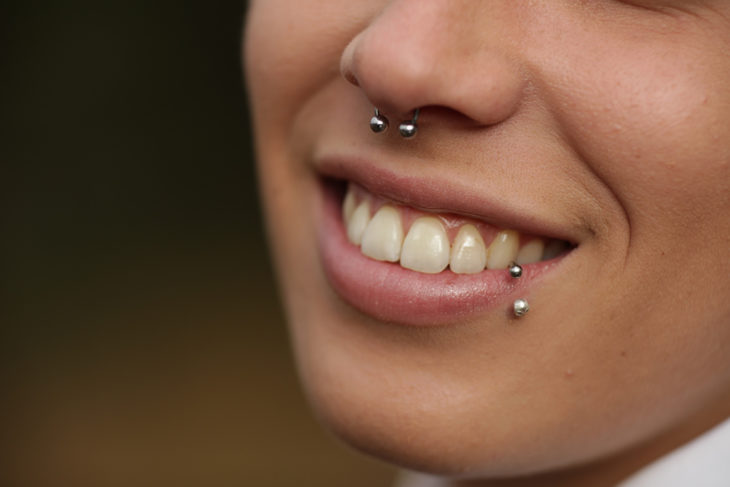
Source: Time Out
The first and foremost priority when it comes to piercings is your safety. Find a piercing parlor that is certified and legal, preferably one that’s near you. Research and ask for suggestions from trusted people, and check the parlors yourself before setting an appointment with them. You would not want to compromise your health with an unsanitary working environment that may put you in serious risk.
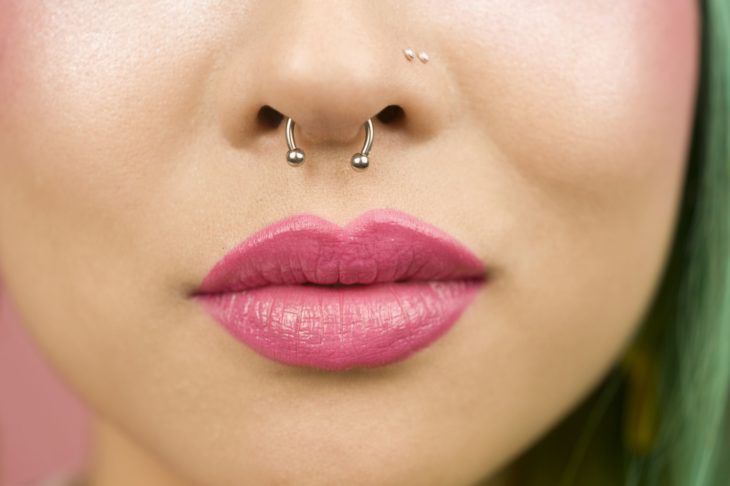
Source: Newsweek
Usually, reviews can be found online. According to The End is Near Brooklyn, one of the most important things for every parlor is how they sanitize their equipment as it can greatly reduce the risk of infection. Furthermore, it is advised to have a consultation with the professionals first before directly moving onto the piercing procedure. State some details about your health, like allergic reactions and emotional capabilities, which can contribute to a better piercing service.
Know the Risks
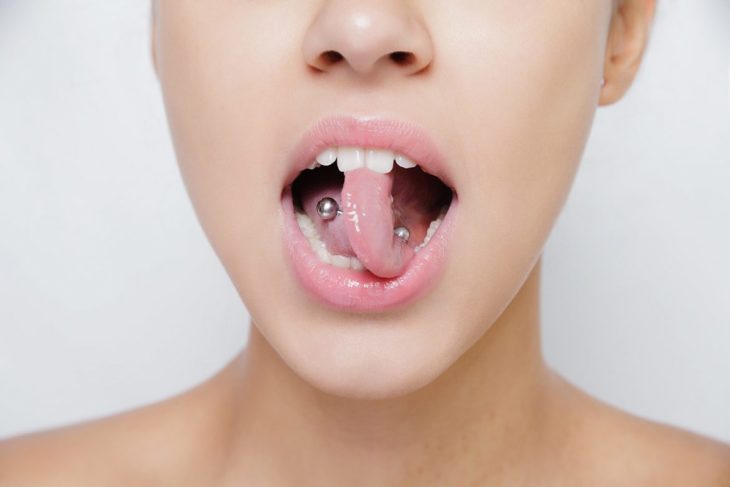
Source: WOMZ
Not all people can handle getting a body piercing. Some are burdened with health conditions that make them invalid for getting a body piercing, and these should never be violated. Getting a piercing is a decision that may last a lifetime, so it needs careful consideration. The following are some of the health conditions that can prevent a person from getting a body piercing:
- Pregnant women
- Women planning a pregnancy and a belly button, nipple, or oral piercing
- Skin irritation
- Blood-related diseases such as hemophilia, diabetes, and auto-immune disorders
- Work environments that might put you at risk when you have a piercing
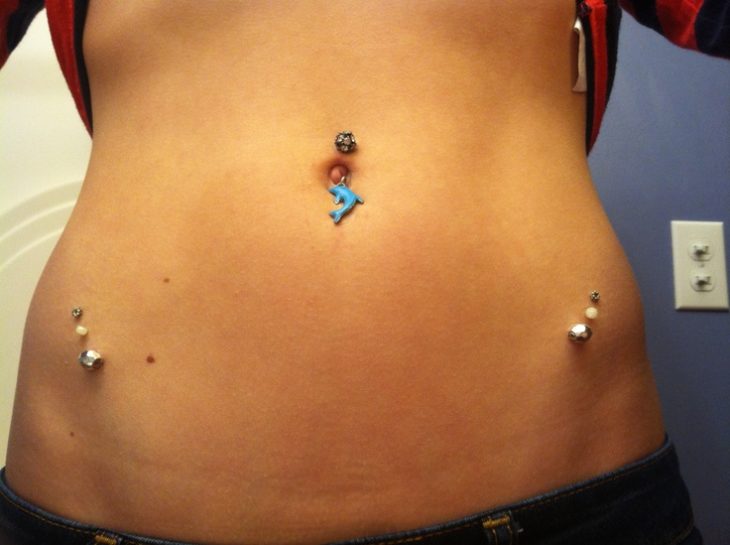
Source: allfinweb
More health risks can be present after having a piercing. That’s why it is to your advantage to choose the right piercing parlor. Having a sanitary and clean environment, with the piercer wearing clean gloves and using sterile tools, can lower the possibility of the following conditions from occurring:
- Skin irritation (itchiness and redness)
- Serious infections (like HIV or Hepatitis B) if the tools are unsterilized
- Allergic reactions caused by fake material used in the jewelry
- Thickening of the skin in the pierced body part
- Nerve damage
- Damage to teeth and gums, if the piercing is near these areas
Choose the Perfect Stud
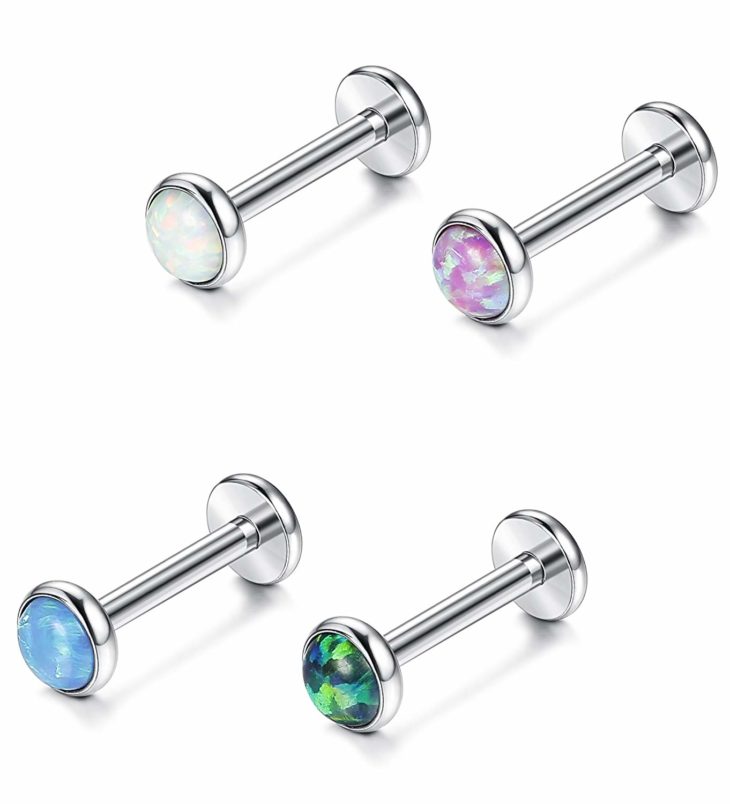
Source: Amazon
One of the most exciting parts of having your body pierced is choosing the right earring that fits your personality and taste. There is a wide variety of styles, complexities, and materials to choose from. Certainly, you should be aware of fake studs that can cause skin irritation. The most commonly used are hypoallergenic materials like sterling silver, gold, and stainless steel.
Moreover, the craftsmanship and effort put into making the stud is valuable, so choose the right earring with a nice point to let it glide smoothly through your skin. It will definitely hurt a bit after the stud has been inserted and it will cause you minimal discomfort at first, but you will get used to it.
Don’t Forget the Healing Process
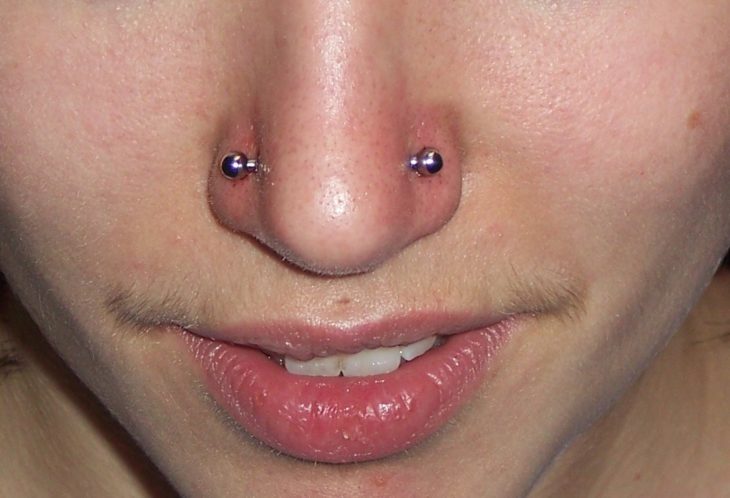
Source: A Dermal Masterpiece
Most people think that having inserted the piercing concludes the piercing procedure, and they often forget about the healing process. This process is just as important as the piercing itself, as more health risks can arise if the piercing does not heal properly. Don’t forget to invest in an aftercare solution to clean the piercing site at least three times a day and keep it dry. Rub the cotton pad with the aftercare solution smoothly on the front and back of the pierced area and rotate your earrings to clean them as well, avoiding the posts from adhering to the skin.
It takes 6 weeks for earlobe piercings and 12 weeks for cartilage piercings to heal before you stop your aftercare routines. After which, you can consider having your piercing stud changed, too. Just like the face, you shouldn’t touch the pierced area with your bare hands because it can cause further infections.
Conclusion
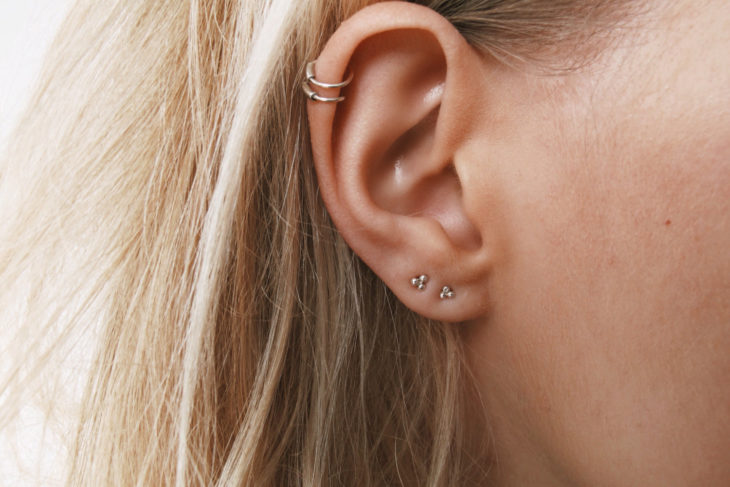
Source: Study Breaks Magazine
There are various types of body piercings to choose from, especially different ear piercings, to consider prior to undergoing the procedure. You have to be careful in choosing the best service as your piercing can greatly affect your image either positively or negatively. Nevertheless, having a piercing is ultimately a personal decision that requires your full consent. Safety and quality should be the primary concerns for getting a body piercing.
